Top Popular Causes Of Car Engine Vibration
Car engine vibration could be the result of a number of problems. Though it is assumed that the vibration originated from the engine, axles in reality might be the real cause. If you are driving a used car, the problem probably occurs more frequently, and here is the time to know more about its common causes and find out solutions. Here we discuss in detail causes of engine vibration. Read them carefully to see if you are experiencing one of the symptoms that is causing car engine vibration.
Popular Causes Of Car Engine Vibration
1. The crankshaft damper
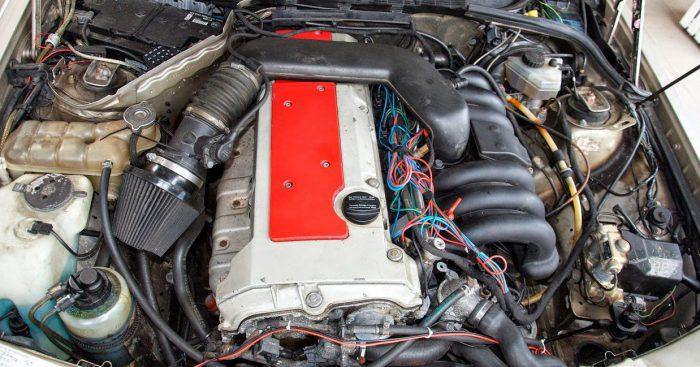
If you feel the engine shaking, the crankshaft damper can be a factor to consider when diagnosing engine vibration causes. Indeed, the main duty of this component is to decrease vibration. In diesel engines, its use is more extensive. If there is a chance that it is defected or has stopped working for good, your engine will shake even harder. You should contact a mechanic whenever you face this problem.
2. Faulty engine mount
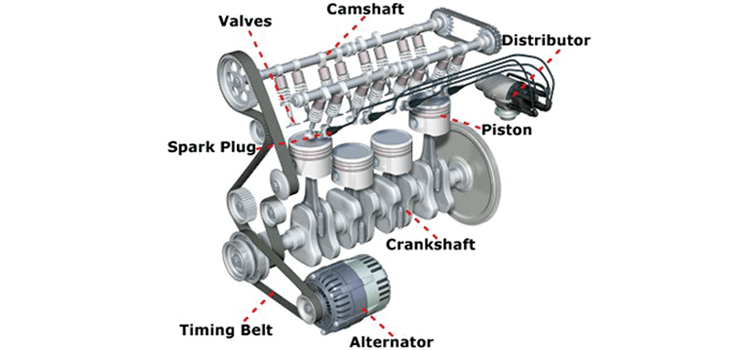
This is another cause of engine vibration. This component keeps the engine attached to the chassis. Besides, it also reduces the vibration of a running engine. This part doesn’t just get damaged. Reckless driving can be the reason behind it. Similarly, you should see a mechanic to mend your car.
3. Spark plug issues
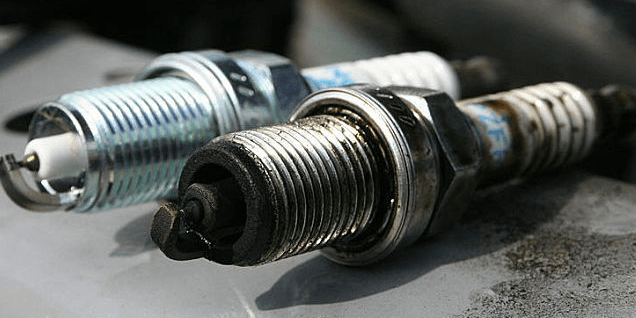
If there is a problem with your vehicle’s spark plugs, the engine will vibrate more than usual. Spark plug removal can be done at home if you have all the tools and knowledge to accomplish the task.
4. Extreme weather
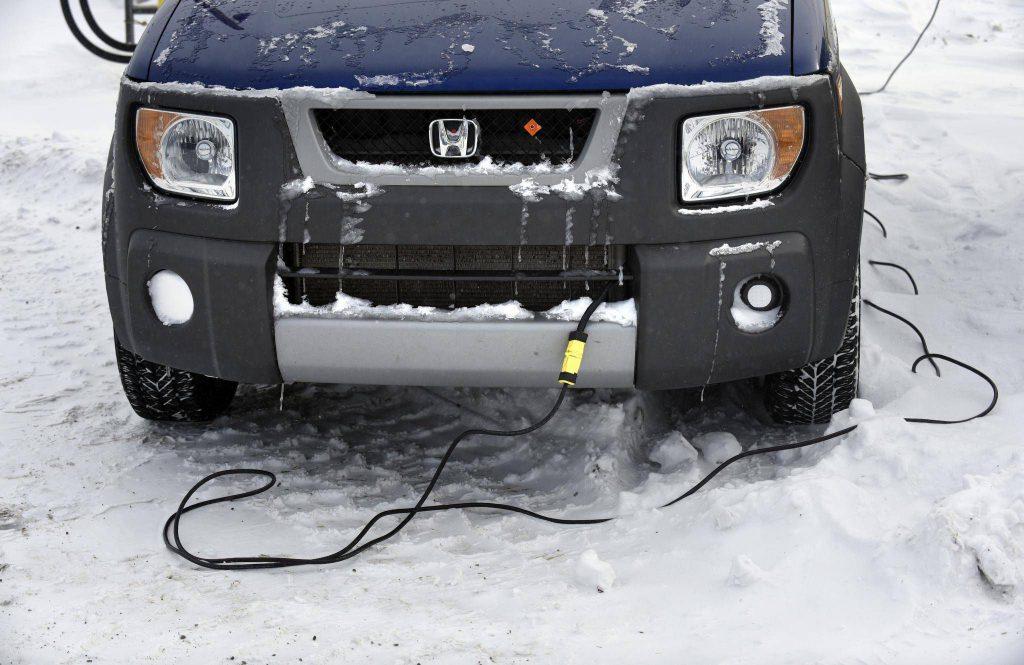
In frosty weather, the engine vibrates more than is normal. No extra measures need to be taken if this problem solves on its own when the car is being driven in normal weather. In cold weather, the engine cannot run at its optimum level, so vibration increases.
Read more:
- 4 Reasons Your Car Is Making Grinding Noise When Braking
- White Smoke From Exhaust: Main Causes and How to Fix
5. Car axle
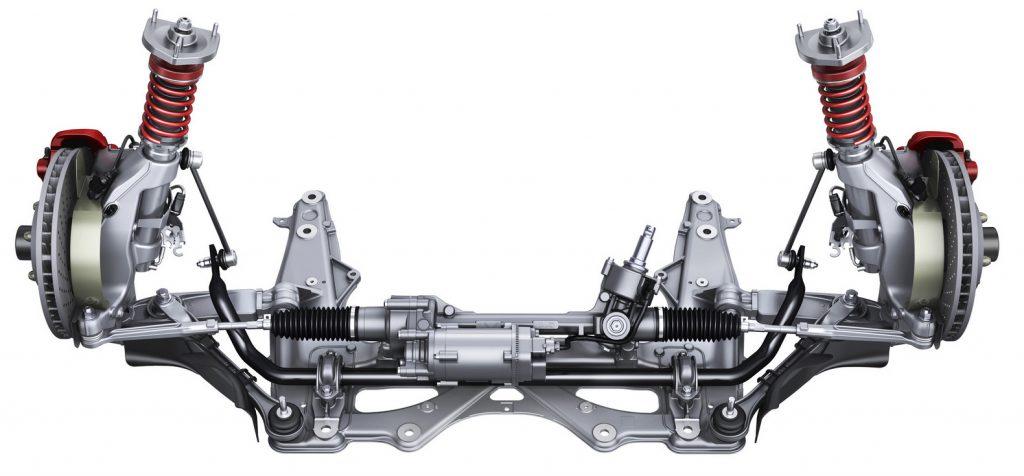
Oftentimes it seems like the engine shaking problem is rooted in the engine itself, whereas in reality, it is the axles that need to be taken care of. When your car is in a collision, the axles can be damaged, even when there is no apparent sign of damage. So, you should get a mechanic involved if you are experiencing increased vibration, right after a collision.
6. Wheel problems
One of the most severe engine vibration causes is related to the wheel. A misaligned wheel or worn-out wheel bearings might be the problem if you feel like the vibration is coming directly through the steering wheel. Another cause might be the warped ball joints that cause annoying vibration at driving speeds.
7. Tire Problems
It’s the most common of all the reasons as almost 80% of car vibrations are related to tires. Such vibrations can be fixed through tire balance, tire rotation, or tire replacement.
8. Brake problems
If the vibration appears at the time of pushing the brake, your car may have a problem with broken or worn-out brake rotors. Heavy wear and tear can cause the brake rotors to get warped, making it impossible for brake pads and calipers to grip them during the time of applying the brake.
These are some of the common engine vibration problems that might be plaguing your driving experience, it’d better to be look out for one of these causes of car engine vibration and find out what’s the exact reason. Another great suggestion for you to avoid this problem is to choose a great car with fuel efficiency, reliability, and affordable price from our quality used cars list.
How To Fix Car Engine Vibration
To solve this problem easier, check the video to see how they fix the engine vibration
Low-level transmission fluid, tire issues, or brakes error can all cause car engine shaking. But here we will talk about the cylinder, which is usually the main reason causing vibration to your engine. Here are the steps you should follow:
Step 1: Spot the problem source
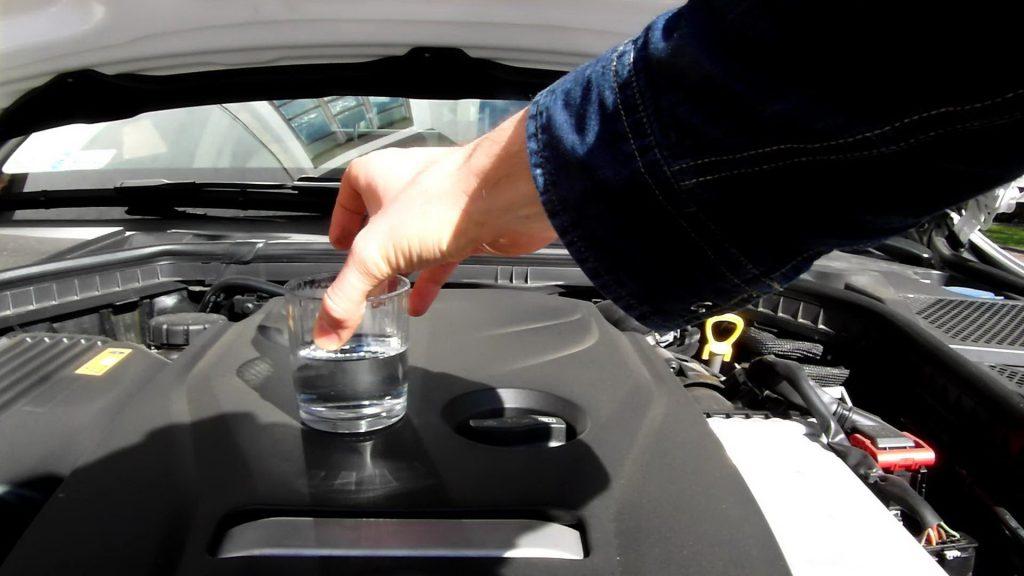
In order to fix any problem, you need to find its source, and it is the same as a cylinder misfire. The easiest way for drivers is to check the diagnostic trouble codes. The checking can help you determine whether your cylinders have one, multiple, or no misfire at all. OBD-II scanner is a useful tool for this task which can be sold at any car parts store. Easy as it sounds, this first step will save you a lot of time and effort, rather than chasing a dead-end solution.
It is best if you find your cylinders having no problem at all. However, if they really did have misfires, the reasons usually come from one of four systems: control sensors, fuel supply, air supply, or the computer. Drivers can check the amount of air, fuel, or the failure in ignition.
Step 2: Analyze the problem

Understanding the problem from the beginning can be really helpful in this step since different problems have different ways to solve: If you get a single-cylinder misfire, it is often caused by a failure in the engine. However, random multiple misfires from the cylinder can usually be caused by outside sources, rather than by the engine itself. Last but not least, mechanical failure and unbalanced rotating assembly cause no misfire code.
Single-cylinder misfires
The culprits for this problem are usually fuel injector problems or failures in the ignition. The tip for drivers here is to check spark plugs, ignition coils, and plug wires. If the cylinder’s coil is broken, it is quite easy to determine and repair. However, many engines use one coil to power two cylinders, so if that single coil has any problem, both cylinders mostly die as well.
Also, if you get a lean condition notification diagnostic code, you are most likely to have a failed fuel injector.
Random multiple misfires
Many drivers are not knowing this, but problems that affect the engine entirely like this one usually result from the “engine support” systems like air intake, fuel supply, or electronics systems. A dirty airflow sensor, sensor failure, and vacuum leaking air can be potential culprits. Of course, air restrictions in the intake can cause vibrations for your automobile, as well.
Mechanical failures
Problems with the camshaft, damaged head gasket, and broken piston ring,… are mechanic problems, and they often make your car shaky through cylinder misfires. If you get no misfire at all, there is a high chance that you have an unbalanced rotating assembly, causing engine shaking. Many engines use balance shafts or harmonic balancers to reduce car engine shaking, so if you have one, check it out, since it might be your source of shaking problems.
Step 3: Replace damaged car parts
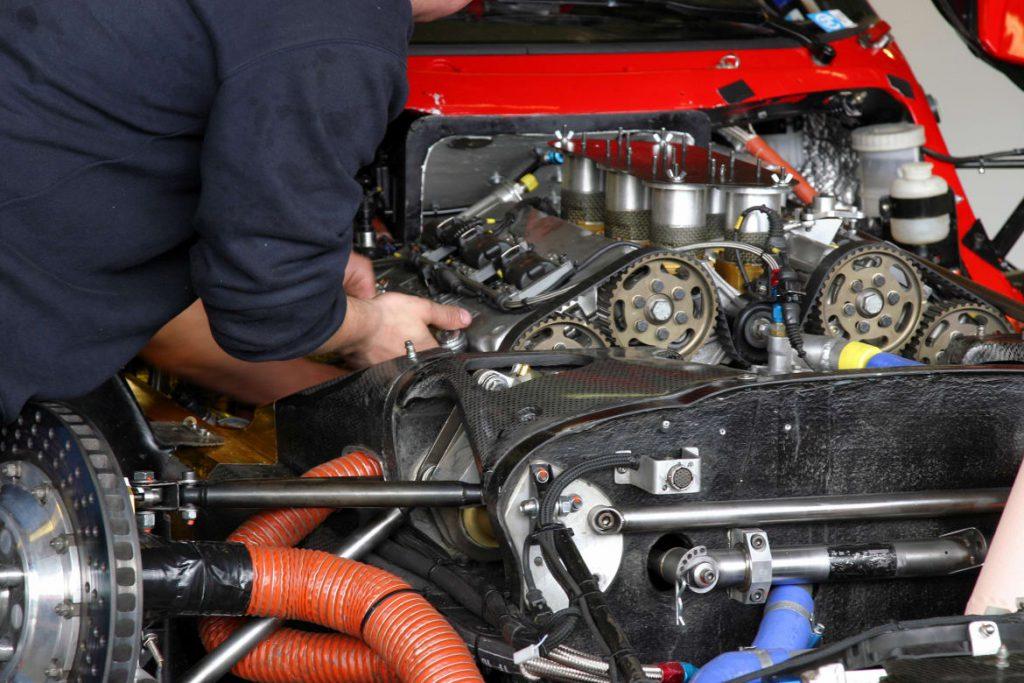
Understanding the condition of your beloved car, it is time to remove the damaged parts. New drivers are recommended to go to a car repair shop, but if you want to take care of the automobile by yourself, here is the tool list that you might need:
- Ratchet Wrench
- Screwdriver
- Engine Pulling A-Frame
- Mallet
- Jack
We will now cover the most common problem with car engine shaking: Vacuum leak, which makes idling slower and damages the engine along with gas mileage.
The sign of awareness in this case is the cracks and holes on the vacuum hoses. Open the trunk to locate the vacuum system, and we will find the vacuum hoses right in the middle. Remember to check the hoses carefully to make sure it is the real problem. Then remove the damaged vacuum hose and set it aside for a while.
After the examination, vacuum lines are the next target to remove. The lines are inside the vacuum hose which was taken earlier. In cold temperatures, the vacuum lines can be damaged and shattered, which could create leaks or be broken. The only solution for that is to install the new ones right after this.
Also, remember to wear gloves and eyewear to protect yourself.
Frequent-Asked Questions About Car Engine Vibration
What is the cause of engine vibration?
Answering this question, it could be anything: From a simple thing like old spark plugs producing unstable power delivery to something serious like broken engine mounts. Basically, anything unusual shaking coming from the engine is worth taking a look at. Who knows if you can detect a case of terrible engine damage in the process?
There are countless reasons for the engine shaking, but these problems are the most potential criminals:
- Imbalanced Wheels
- Misaligned Tire
- Brake Issues
- Engine Problems
Why does my car shake at idle?
New drivers might think it is strange that their cars vibrate when stopped. However, shaking while idling is actually quite common. There are many errors and problems which can lead to car engine vibration, yet the most common reason for a car shaking when idle is usually motor mounts. This car part is created and designed to stabilize the car engine while driving. For that reason, disconnected or defective motor mounts will make your car shake violently at idle.
Many types of engine shaking can indicate by loose or damaged timing belts. This problem is well-known by many car owners since its sign of awareness is the signature shaking sensations while stopping. It can also affect the engine.
However, this problem can be solved easily. Drivers can relocate or change the belt, as long as they know its problem.
Lastly, the fuel intake system can also create shaking, even when your car is not moving anymore. After driving for a long time, the debris and dirt buildup will cover the fuel valves, which leads to a dirty fuel intake and shake the engine.
What makes my wheel vibrate when I accelerate?
This is a tricky question since it is very common when you have vibration from the gas pedal. Sometimes the vibration depends on certain speeds, not on deceleration and acceleration.
Sometimes when driving and braking, the steering wheel shakes heavily, and the most common reason for that is the brake rotors. Out-of-round brake rotors sometimes can be the reason for the car engine shaking. Drivers can feel this through the brake pedal.
Another reason that causes steering wheel shaking is when a brake caliper sticks on, yet this can be felt when your car’s speed is at 45 to 50 km per hour.
>> To understand more about this problem, read more here: Why A Car Shakes When Accelerating?
Why does my car shake at low speeds?
The tire and wheel are usually the main source of engine shaking. And when your car vibrates at low speeds, you can check to see if your car has a bent wheel or of round tire.
Transmission or drive lines can also cause this car engine vibration, but an experienced driver will check the tire first since it is the most common car part when having this problem.
What does it mean when your car shakes and the check engine light comes on?
- Tire problem: Driving stem while having tire issues is one of the most common reasons for engine shaking. Also worn out or broken tires will behave very differently, so drivers should not use their cars this time. This is also one of the main causes of steering wheel vibration. The solution, however, is quite easy: all you need to do is rebalance or replace the tire.
- Brake system problem: If the car vibrates only when you press the brake pedal, you will easily know that the brake system is having problems. After a long time using, different elements like impact, heat,.. will damage the brake and rotors. For that reason, the driver can wrap the rotor in order to fix this. However, for the driver’s safety, you should replace the brake.
- Engine mounts problem: The mounts have the task to block the noise and car engine vibration from the driver seat, along with connecting the chassis to the engine. A broken mount can lead to noisy sounds when accelerating and braking, or even affect the driving control.
- Engine firing problem: It is quite easy to know this problem: When one or more of your spark plugs is not firing and your engine is shaking. This usually leads to a delay in car power which causes vibration.
- Suspension problem: To recognize this incident, drivers must notice the movement of the car: If the car vibrates while moving faster or going through bumps, and act normally when stopped, the issues are definitely in the front suspension. They usually come along with many odd noises like squeaks and periodic clunks as well.
Why is my engine knocking?
If you hear the knocking or pinging in the engine, it could mean several problems. While some are really easy to fix, others are more serious and can cause major damage. However, it is usually the air-fuel mixture’s fault. You can notice if, instead of burning in uniform bursts, the fuel burns in uneven pockets. The problem can be fixed easily by checking the pockets and changing the air-fuel mixture.














